can i use composite decking for fence
Discover the benefits and considerations of using composite decking for fences in this detailed guide. Learn about installation, maintenance, and cost-effectiveness.
Can I Use Composite Decking for Fence?
Introduction to Composite Decking for Fences
Composite decking has been a popular choice for outdoor living spaces due to its durability, low maintenance, and aesthetic appeal. While traditionally used for decks, many homeowners are now considering composite materials for their fences as well. This article will delve into the pros and cons of using composite decking for fences, covering aspects such as installation techniques, maintenance requirements, and cost comparisons with traditional fencing materials. The question “Can I use composite decking for fence?” will be thoroughly addressed.
Pros of Using Composite Decking for Fences
Durability and Weather Resistance
One of the most significant advantages of composite decking is its durability and resistance to weather conditions. Unlike wood, which can warp, rot, or splinter over time, composite materials are designed to withstand harsh climates without deteriorating. This makes them an excellent option for fences that need to stand up against rain, snow, and sun exposure.
Low Maintenance Requirements
Composite fencing requires minimal upkeep compared to traditional wooden fences. They do not require staining or painting, and cleaning is typically as simple as a quick wash with water. This low-maintenance feature can save homeowners both time and money in the long run.
Aesthetic Appeal
Composite decking offers a wide range of colors and styles, allowing homeowners to customize their fence to match their property’s aesthetics. It can mimic the look of natural wood without the associated drawbacks, providing a modern and elegant appearance.
Cons of Using Composite Decking for Fences
Installation Complexity
Installing composite fencing can be more complex than installing traditional wooden fences. The materials are heavier, requiring additional support structures, and precise cutting techniques to ensure a perfect fit. This may necessitate hiring professional installers, adding to the overall cost.
Higher Initial Cost
While composite fencing can save money on maintenance, it comes at a higher initial cost compared to traditional wood fencing. The upfront investment in composite materials can be a deterrent for some homeowners, although the long-term savings on maintenance should be considered.
Limited Recyclability
Composite materials are not as easily recyclable as wood, which can be a concern for environmentally conscious consumers. While they are made from recycled plastics and wood fibers, their end-of-life disposal options are limited.
Maintenance Requirements Compared to Traditional Materials
Wooden fences require regular maintenance, including painting or staining every few years to protect against moisture and pests. In contrast, composite fencing only needs occasional cleaning with water and soap. This difference in maintenance needs can make composite fencing a more attractive option for those looking to minimize ongoing upkeep.
Cost Comparisons with Traditional Fencing Materials
The cost of composite fencing varies depending on factors such as material quality, installation complexity, and local labor rates. On average, composite fencing can cost between $15 and $25 per linear foot, while traditional wooden fencing typically ranges from $10 to $20 per linear foot. However, the lower maintenance costs of composite fencing can offset this higher initial expense over time.
Conclusion: Can I Use Composite Decking for Fence?
Using composite decking for fences is a viable option for homeowners seeking a durable, low-maintenance, and aesthetically pleasing solution. While it comes with higher initial costs and more complex installation processes, the long-term benefits often justify the investment. Carefully consider your specific needs and budget before making a decision.
Reference
Family Handyman: How to Build a Fence – Comprehensive guide on building various types of fences.
Baoding Plastroy WPC Products
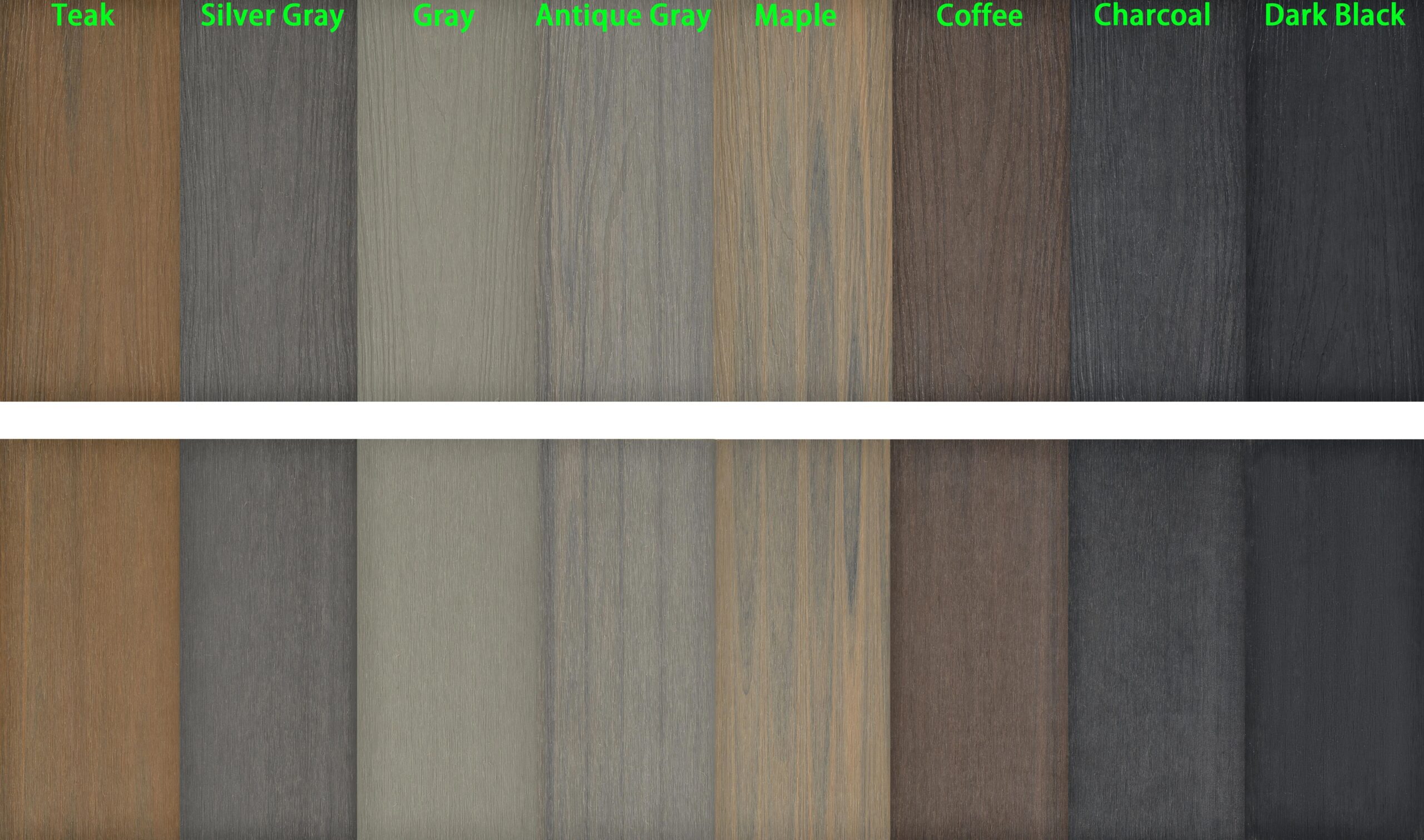
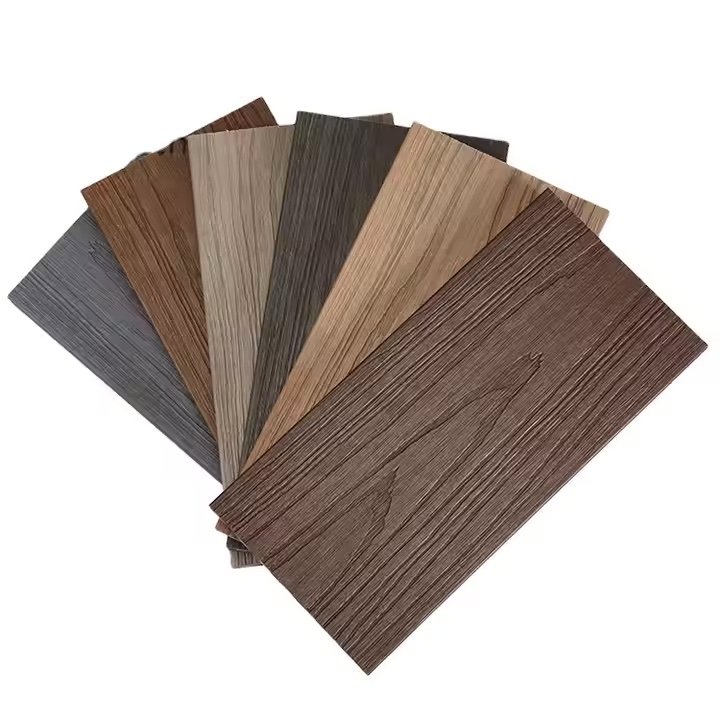
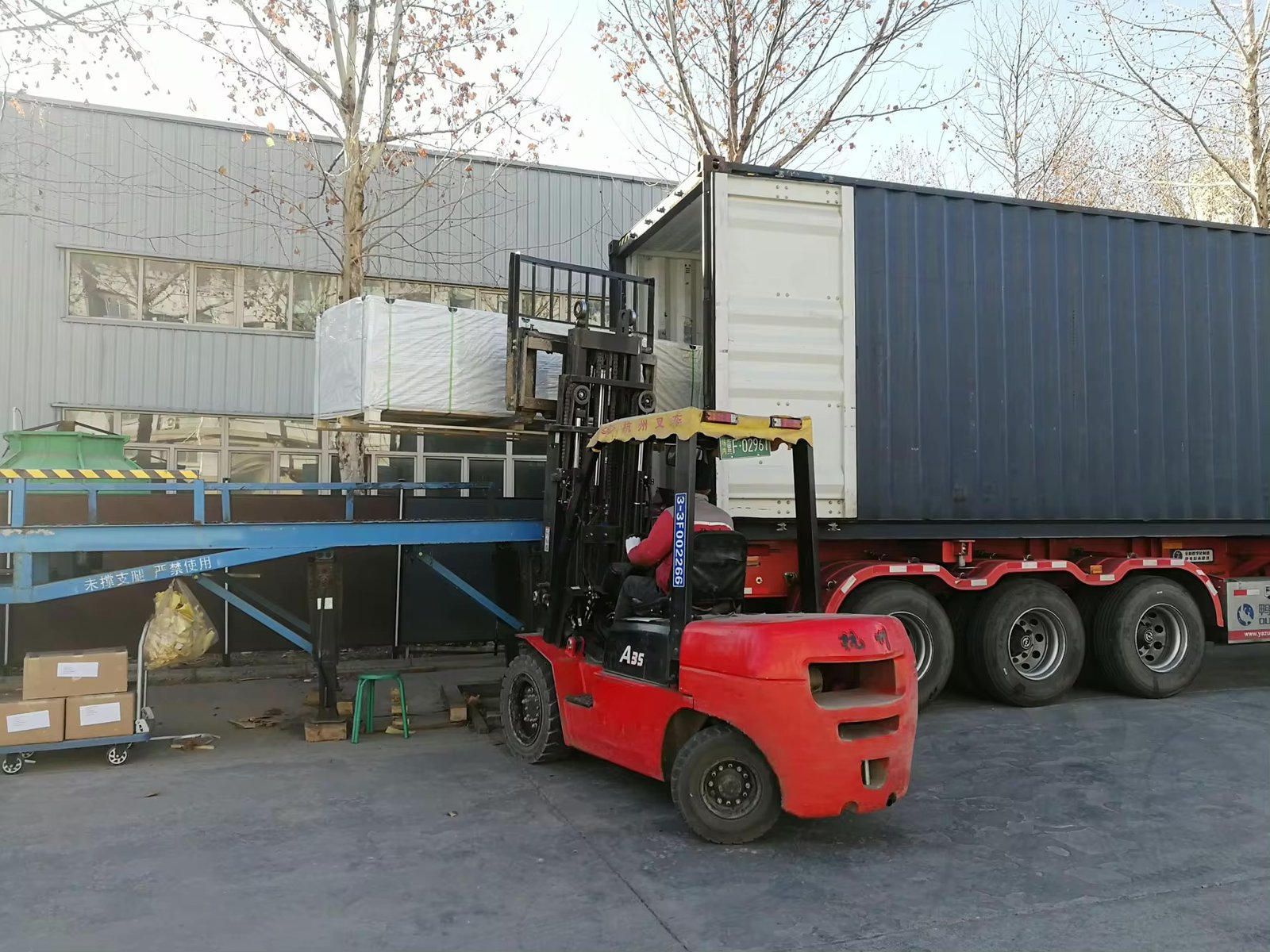
Why Choose Plastory?
Baoding Plastory New Materials Co., Ltd. is a manufacturer of decorative materials with over 9 years of experience and 56 separate production lines.
Currently, our annual production exceeds 30,000 tons, with products exported to more than 50 countries worldwide.
Plastory is the drafting unit of the WPC National Standards and has obtained certifications such as REACH, ASTM, CE, and FSC. Plastory is dedicated to maintaining consistent quality, focusing on details, and prioritizing customer satisfaction.
Our factory is located in Baoding, Hebei Province, China, with a prime location and convenient transportation access. Baoding is approximately a 1.5-hour drive from Beijing Capital International Airport and just 2 hours away from Tianjin Port, making it easy for global clients to visit and facilitating efficient shipping of goods. Our facility spans a large area, equipped with advanced production equipment and modern testing facilities to ensure that every batch of products meets the highest quality standards.
We warmly welcome clients from around the world to visit our factory, where you can see our production processes firsthand and experience our product quality. Please feel free to reach out to us—we are committed to providing you with the best products and services.
Kindly get in touch with us to request a product catalogue.


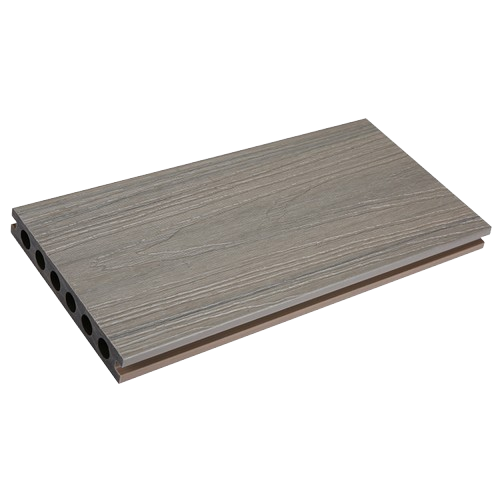
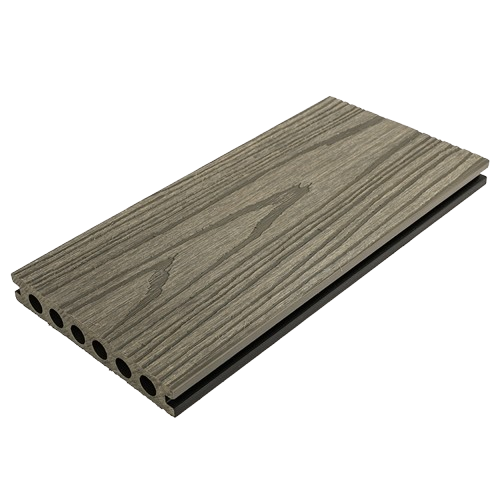
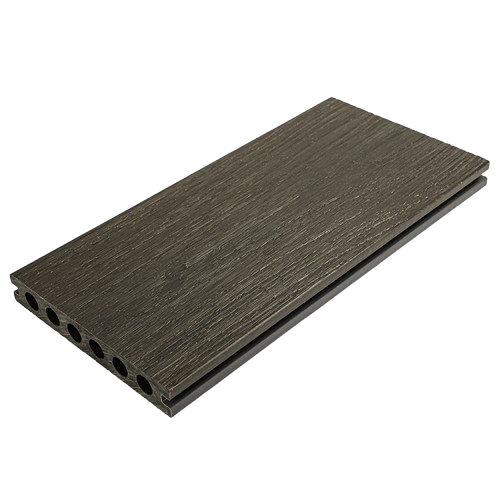
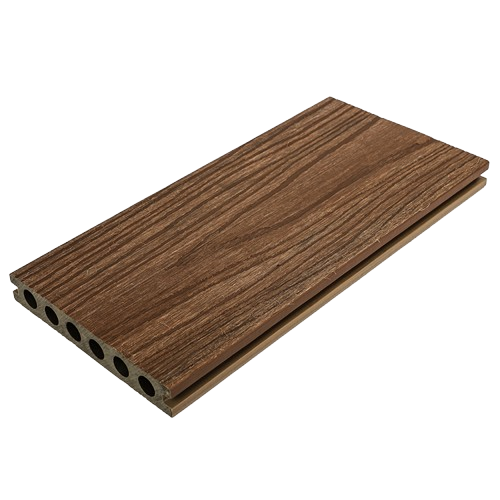
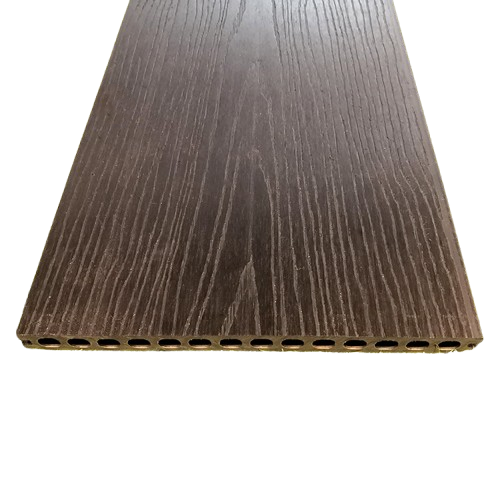

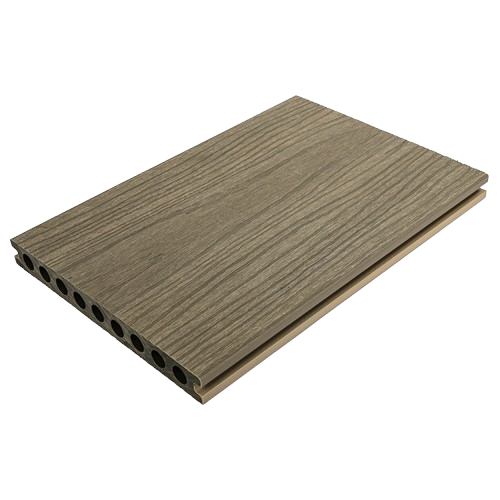

Reviews
There are no reviews yet.